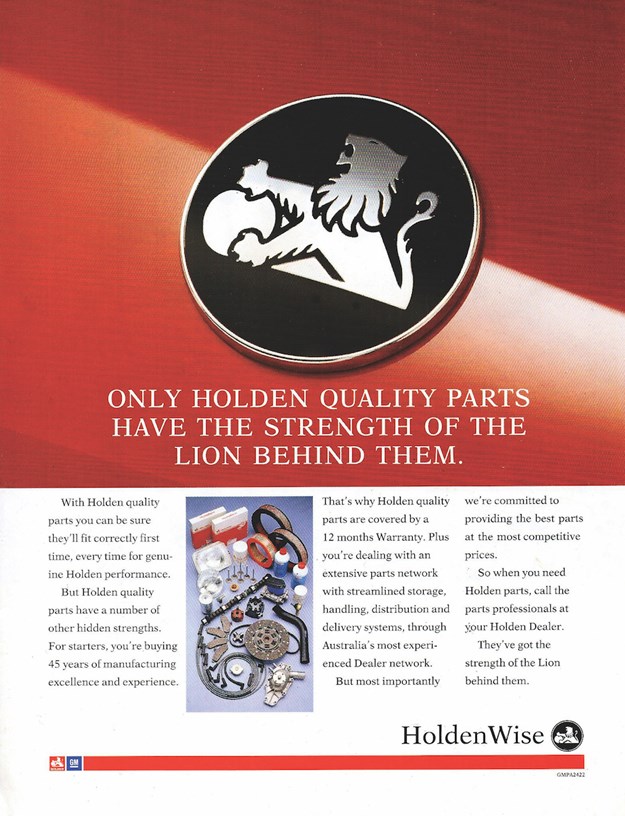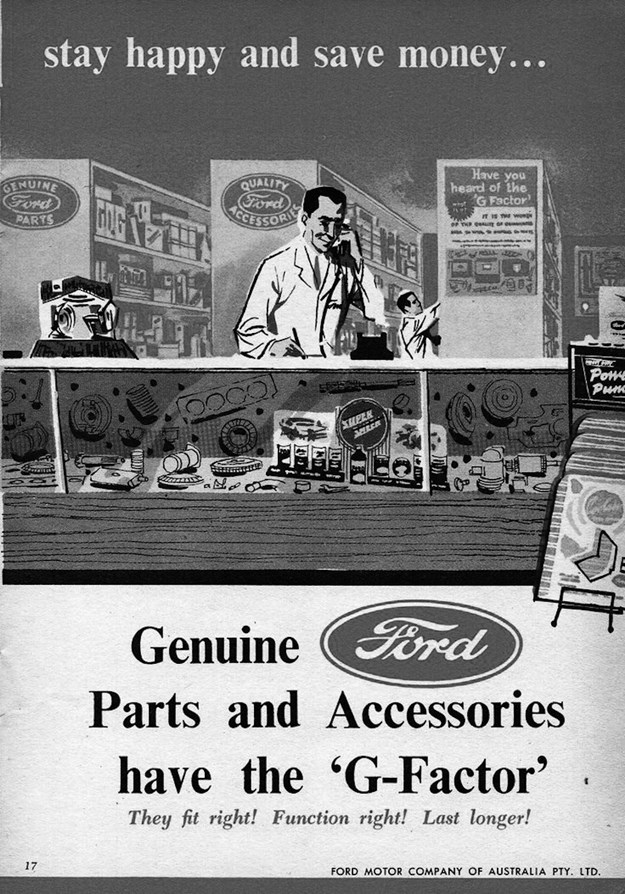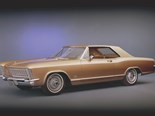Market Watch: Keeping it real
Keeping a car totally original can pay big dividends.

|
|
Having the original components is an immediate advantage. Cosmetics can always be improved.
|
Some weeks ago, while chatting with one of the country’s leading car restorers, I innocently asked the best point from which to begin a restoration. And the response came as a shock.
"The best car to find is one that doesn’t need restoration at all," he said.
"If you can bring a car back to usable condition, even if it isn’t perfect, without needing to replace any significant body parts or use reproduction trim, you are way ahead of someone whose car looks perfect, but contains very few parts that were there originally."
That arises the age-old conflict of authenticity versus originality, where one owner replaces a worn item with a near indistinguishable replica, while another will spend hours, perhaps days, reconditioning the original part.
"Engines and transmission need to be the ones supplied with the car, or at worst age-related replacements," our contact insisted.
"Suspension, brakes, the exhaust and electricals are all wearing parts that are replaced during the lifetime of a car, but use 'new old stock' items if you can get them, rather than replicas."
 |
| With 315 miles on the clock, this 1953 Cadillac would be the reference point for any restoration. |
I was equally surprised when discussing replacement parts, how much still exists under workbenches and in garage lofts. This is especially true when considering parts for Australian-made cars, but there are troves of spares for imports as well.
"We are always being offered parts that were bought new or excellent second hand," our contact revealed.
"Then the car might have been sold or crashed and they just sat in a shed for 30 or 40 years."

If you buy a significant car that has been modified, always ask if any original parts are included in the sale.
In years ahead, as the gulf in value between untouched and altered cars grows, the ability to return a vehicle to showroom condition will become increasingly important. Registration rules could change as well.

At present, officialdom turns a blind eye to modifications that breach the letter of Historic Vehicle (Concessional) rules. However, as pressure to rid roads of carbon unfriendly engines grows, a more stringent view of eligibility may apply.
Should that occur, the Original Equipment engine, diff, wheels and springs stacked under a tarp at the back of the shed might be needed, to prevent your car turning in to a museum exhibit.
 |
| If you plan to modify it, never throw out the original parts. |
Not all cars can survive only on authentic replacement parts, and the lack of a part is no reason for a car to be abandoned.
When choosing something to buy, consider how easily parts can be found and whether you can afford to stockpile items that could become scarce.
Manufacturers like Porsche and Mercedes-Benz can supply new parts for cars built more than 50 years ago. So can British Motor Heritage, which supplies body shells made using the original factory tooling for some Minis and MGs.
 |
| New old stock is the only way to go. |
Aftermarket parts can vary in quality and fit. Some need persuasion from the four-pound knockometer to get them properly aligned.
However, even after modification, they still cost less than having an original panel painstakingly stitched back together, after hosting half a century of rust bugs.
From Unique Cars #484, Oct 2023
Unique Cars magazine Value Guides
Sell your car for free right here
Get your monthly fix of news, reviews and stories on the greatest cars and minds in the automotive world.
Subscribe

.jpg)








